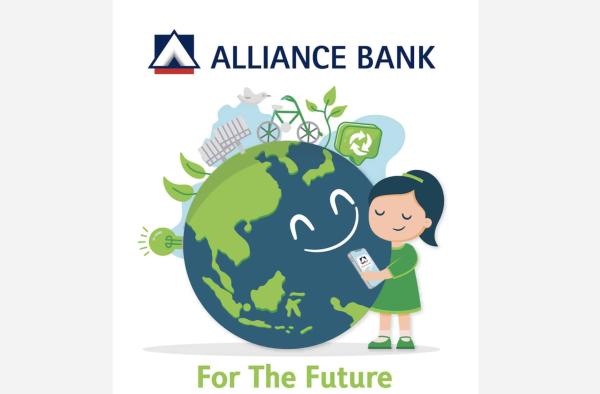KUALA LUMPUR, April 7 — Alliance Bank Malaysia Bhd is now close to achieving RM15 billion in new sustainable banking business for green projects to support small and medium enterprises (SMEs) ahead of the targeted 2027 financial year.
The bank has already given out RM14 billion in new sustainable banking facilities by empowering SMEs to adopt environmental, social, and governance (ESG) practices, group chief strategy and transformation officer Aaron Sum said.
He said Alliance Bank has managed to do this in just two years and 10 months, from November 2022 to January 2025, thanks largely to a comprehensive suite of personalised financial and beyond banking solutions.
The solutions include customised financing options and green funding schemes from Bank Negara Malaysia, such as low carbon transition facility, high-tech (technology) and green facility, and green mortgages, he told Bernama in an interview.
“We are on track to meet our target ahead of schedule and will announce a new target in due course.
“This reflects demand as more people adopt ESG practices and require financing,” he said.
Emphasising that the bank continues to empower SMEs on their ESG journey, he said, “Many are now turning to banks and government grants instead of self-funding (which is) driving our numbers up.”
Citing Alliance Bank's second edition of its annual ESG report, titled ‘The Path to Sustainable Impact — Sectoral Insights of Malaysian SMEs’ (ESG 2.0 Report) released in January this year, Sum said that the awareness level among the SMEs surged to 80 per cent from 14 per cent, while ESG adoption increased to 60 per cent from 28 per cent within 18 months, compared to the ESG 1.0 Report published in 2023.
He attributed the greater awareness and adoption to regulatory and compliance pressure, cost savings, revenue growth, market positioning and the drive for innovation.
“One of the key reasons for increased ESG adoption is innovation, which jumped from 25 per cent in 2023 to 43 per cent now. This showed that businesses no longer see ESG as just a compliance requirement.
“The mindset has shifted from ‘I am forced to do it’ to recognising ESG as an opportunity to innovate, create new products and adopt sustainable manufacturing that benefits the environment, reduces carbon footprint, lowers costs and promotes responsible local sourcing, ultimately boosting the local economy,” he said.
This is a positive development as SMEs now look beyond compliance and link ESG to clear profit and loss (P&L) benefits that help them access new markets.
The ESG 2.0 Report showed that 38 per cent of SMEs incorporating ESG practices achieved more than 50 per cent revenue uplift, demonstrating the potential for sustainable practices to drive profitability.
The awareness in the manufacturing sector rose from 18 per cent to 84 per cent, the construction sector (from 12 per cent to 77 per cent), the services sector (from 12 per cent to 78 per cent), and agriculture (from 19 per cent to 61 per cent).
— Bernama




